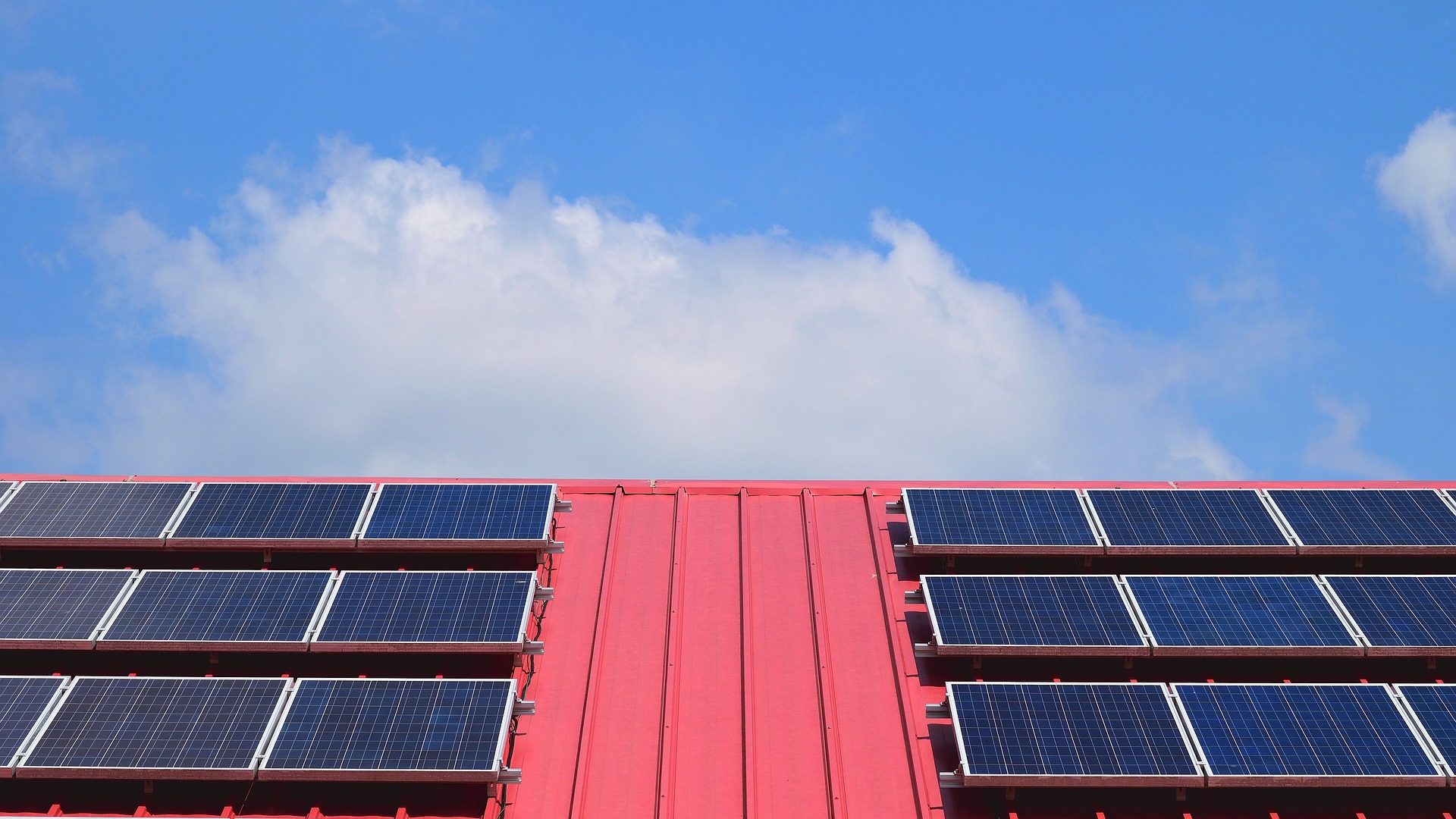- South African households and businesses have installed over 5 000MW of rooftop solar power.
- The Presidency reports that as much as 10 600MW of generation capacity will be added to the grid by 2025.
- Energy will come from a variety of sources including renewable energy, trade agreements and load curtailment.
The lackadaisical approach to energy procurement by the government has annoyed South Africans to no end. Only when the energy situation in the country devolved to rock bottom did the government take action.
In fairness, the government has made progress in addressing the energy crisis, but even with loadshedding currently suspended, the spectre of power cuts still looms.
#LoadsheddingUpdate
— Eskom Hld SOC Ltd (@Eskom_SA) March 27, 2024
Wednesday, 27 March 2024:
Due to the sustained available generation capacity and the planned return to service of 2 300MW of generation capacity by Friday, along with the anticipated low demand over the long weekend, loadshedding will remain suspended until…
On Wednesday the Presidency released an 18-month progress report on the so-called Energy Action Plan and it revealed one interesting note about the crisis.
“Following the introduction of powerful tax incentives and financing mechanisms, the amount of rooftop solar installed by businesses and households has more than doubled to over 5000 MW, helping to reduce demand on the grid,” the Presidency said.
The amount of solar power installed by South Africans is enough to reduce loadshedding by around five stages. However, we should note that the majority of this solar power capacity was likely installed by businesses. It should also be noted that most solar installations still require a grid connection.
Other highlights from the report are an additional 3 400MW of grid capacity being unlocked in the Cape region through load curtailment.
Furthermore, the report reveals that the Presidency says as much as 10 600MW of generation capacity will be added to the grid through various sources between 2024 and 2025. That is a bold assertion and if it comes to fruition, that amount of power would likely resolve our country’s energy woes. This power will come from a variety of projects including renewable energy, cross-border trade agreements and more.
As hopeful as we are, we also need to add some salt to this report. This year is an election year and it’s in the interest of politicians to spread good news and hope that will encourage voters to keep them in office.
Still, it’s tough not to look at the numbers and feel like the ship is turning around. Let’s just hope this isn’t posturing ahead of an election.
You can read the full 18-month report on the Energy Action Plan, below.
[Image – Narupon Promvichai from Pixabay]

